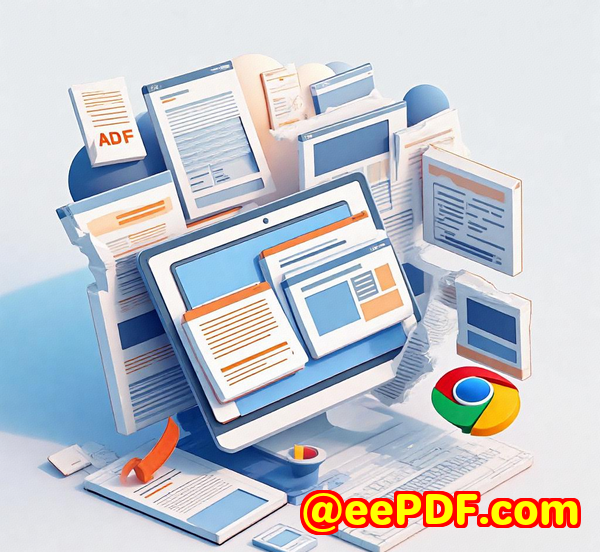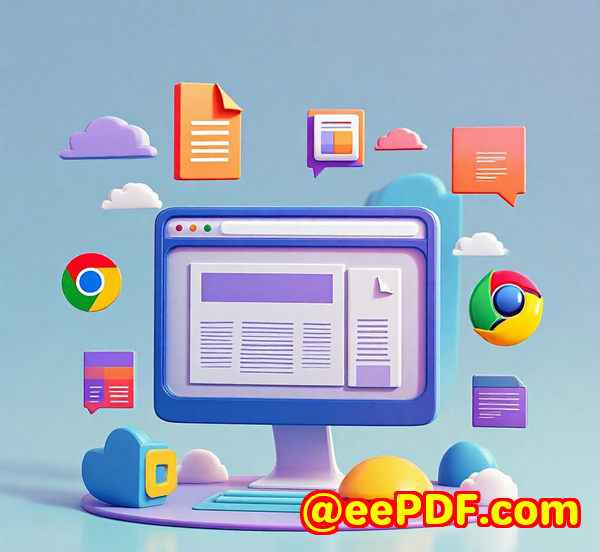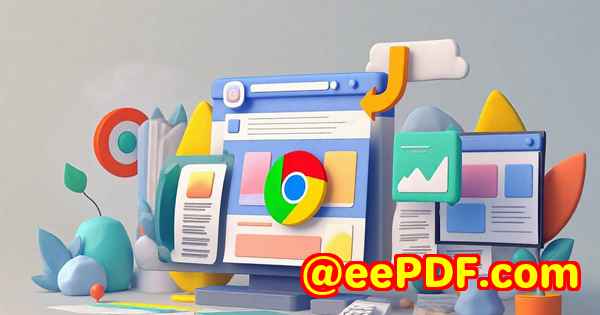Why Enterprises Choose VeryUtils JavaScript SDK Over Open-Source Alternatives
Why Enterprises Choose VeryUtils JavaScript SDK Over Open-Source Alternatives
Meta Description:
Frustrated with clunky barcode scanning tools? Discover why developers are ditching open-source scanners for the fast, secure, and browser-ready VeryUtils JavaScript SDK.
Every Dev Team Has That One Barcode Nightmare...
You've been there.
The deadline's close.
The CTO wants real-time barcode scanning in the web app, and you've spent days testing open-source libraries that promise a lot but fall flat fast.

One project I worked on had a retail client who needed live barcode scanning in their inventory appno native apps, just browsers.
Sounds simple, right?
We tried several open-source solutions first. Zxing was heavy and clunky on mobile. Quagga.js? Barely read QR codes in poor lighting. None of them felt production-ready.
Then we found VeryUtils JavaScript Barcode Scanner SDK.
That project? Delivered ahead of schedule.
No weird mobile bugs. No decoding failures. And no customer complaints.
Let me walk you through why I've kept it in my toolkit ever since.
Why VeryUtils JS Barcode Scanner Works Better Than Open-Source
First Impressions: What You Actually Get
VeryUtils built this SDK with enterprise devs in mind, and it shows.
We're talking about scanning directly in the browser, no downloads, no plugins, no fluff.
Just fast, reliable scanning from camera or imageacross devices.
From mobile to desktops, it works.
Use case?
-
Inventory apps
-
Warehouse scanners
-
POS systems
-
Event ticketing
-
Web check-in systems
-
Digital forms and logistics portals
-
Progressive Web Apps (offline barcode scanning? Yes.)
It supports all the major 1D, 2D, and postal barcode formatsfrom Code 128 and QR Codes to PDF417 and USPS IMB.
That's already miles ahead of most open-source options.
What Makes This SDK a No-Brainer
1. Scan Speed That's Actually Enterprise Grade
Here's the real-world test.
Try scanning from a live video stream in a busy, fluorescent-lit warehouse.
We needed to pull in 400+ barcodes per session.
Open-source options lagged and failed mid-way.
VeryUtils? It scanned over 500 barcodes per minute with smooth continuity.
In our setup, even damaged, low-light, and poorly printed barcodes got recognised.
That's WebAssembly power under the hood.
And it's insane how lightweight it is for what it does.
2. Built-In User Feedback Tools
Ever try explaining to users how to hold a barcode right in front of a camera?
With VeryUtils, that's solved.
-
Visual guidance overlays on the camera
-
Audio cues for successful scans
-
Optional haptic feedback on mobile
These details make the app feel polished, and users don't need training.
Open-source libraries just don't think about the UX layer.
You end up building all that from scratch.
Time you don't have.
3. Zero Setup. All Browser. All Devices.
Here's the magic line from the CTO:
"Can it work in Safari on iPhones too?"
Usually, that's where open-source dies.
Browser compatibility becomes a nightmare.
But this SDK?
It just works across Safari, Chrome, Edge, Firefoxmobile or desktop.
Just add the JS script, your license key, and you're live.
No installation. No app store approval. No broken camera access.
And if you're building a PWA, you're in luck.
The SDK supports offline scanning with full barcode decoding.
Total game-changer for logistics and fieldwork.
A Real Story: Retail Deployment in 72 Hours
One of our recent clients needed a barcode scanning module fast.
Their React-based internal app was for tracking store shipments.
No native apps.
No time for training.
I integrated the VeryUtils SDK over a weekend.
Steps?
-
Added the JS script in the HTML header
-
Set the license key
-
Used the
decodeFromVideoDevice()method -
Customised user cues (sound + overlay)
-
Deployed to staging Monday morning
It was live by Wednesday.
Compared to our previous open-source project that took two weeks (and still didn't work on some Android phones), this felt like a shortcut I didn't know I was allowed to take.
Key Features That Changed the Game
-
Batch Scanning: Scanned multiple barcodes in the same frame. Useful in warehouse pallets.
-
OCR + Camera Enhancements: Picked up codes from crinkled labels that others missed.
-
High Accuracy: The error rate was practically zero, even in variable lighting.
-
Security First: No data was sent off-device. Completely browser-contained.
-
Customisation: We added our brand overlay and feedback sounds in under an hour.
Who Should Use This?
If you're in one of these roles, this SDK will save you time and grey hairs:
-
Full-stack developers building internal tools
-
Product owners needing fast deployments
-
Logistics and warehouse teams wanting browser tools
-
Retailers wanting scan-to-cart apps
-
Event managers for digital ticket scanning
-
Government forms and registration portals
Basically, anyone tired of patching together half-baked scanning solutions.
But What About Open Source?
Yeah, I get it.
Open source is free.
But free isn't free if it eats your dev time.
Here's what I learned:
| Criteria | Open Source | VeryUtils SDK |
|---|---|---|
| Mobile Compatibility | Spotty | Solid across iOS/Android |
| Scan Accuracy | OK-ish | Enterprise level |
| UX Tools | None | Built-in |
| Batch Scanning | Limited | Full support |
| Speed | Mid | 20+ scans/sec |
| Support | Forums, maybe | Email + documentation |
| Setup | Complex | Plug-and-play |
Final Thoughts: Worth Every Dollar
Let's be realtime is money.
The cost of a buggy, unstable barcode scanner?
Support tickets, frustrated users, lost sales, delays.
The VeryUtils JavaScript Barcode Scanner SDK didn't just save us time.
It made us look like heroes to the client.
So yeah, I'd absolutely recommend this to any dev team building barcode features into web or mobile apps.
Don't waste days wrestling with open-source.
Just get this SDK and move forward.
Start your free trial now and see for yourself:
https://veryutils.com/javascript-barcode-scanner-sdk
Custom Development Services by VeryUtils
Need more than just a scanner?
VeryUtils also builds custom solutions to meet your exact needs.
They offer tailored development for Linux, Windows, macOS, mobile, and server platforms.
Languages include Python, PHP, C/C++, C#, .NET, JavaScript, and HTML5.
They've got serious experience in:
-
Creating virtual printer drivers for capturing print jobs as PDF, EMF, or image files
-
Building document monitoring and hook systems for Windows APIs
-
Barcode generation and OCR for TIFF and PDF files
-
Layout recognition and scanned document extraction
-
Image conversion and document security (think DRM, digital signatures, etc.)
-
Building cloud tools for viewing, signing, or processing PDF/Office documents
If you need a bespoke tool or integration, reach out here:
http://support.verypdf.com/
FAQs
Q1: Does this SDK work on all browsers?
Yes, it works flawlessly on Chrome, Firefox, Safari, Edgeboth mobile and desktop.
Q2: Can I scan multiple barcodes at once?
Absolutely. The SDK supports batch scanning with impressive accuracy.
Q3: Do I need to install anything?
Nope. Just load the JS file and set your license key. That's it.
Q4: What barcode formats does it support?
Pretty much all common 1D, 2D, and postal codesfrom Code 128 to PDF417 and QR Codes.
Q5: Can it work offline?
Yes, with PWA support, your app can scan barcodes without internet.
Tags or Keywords
-
JavaScript barcode scanner SDK
-
Barcode scanner for web apps
-
Scan QR codes in browser
-
Barcode reader for mobile apps
-
Best barcode scanner SDK



